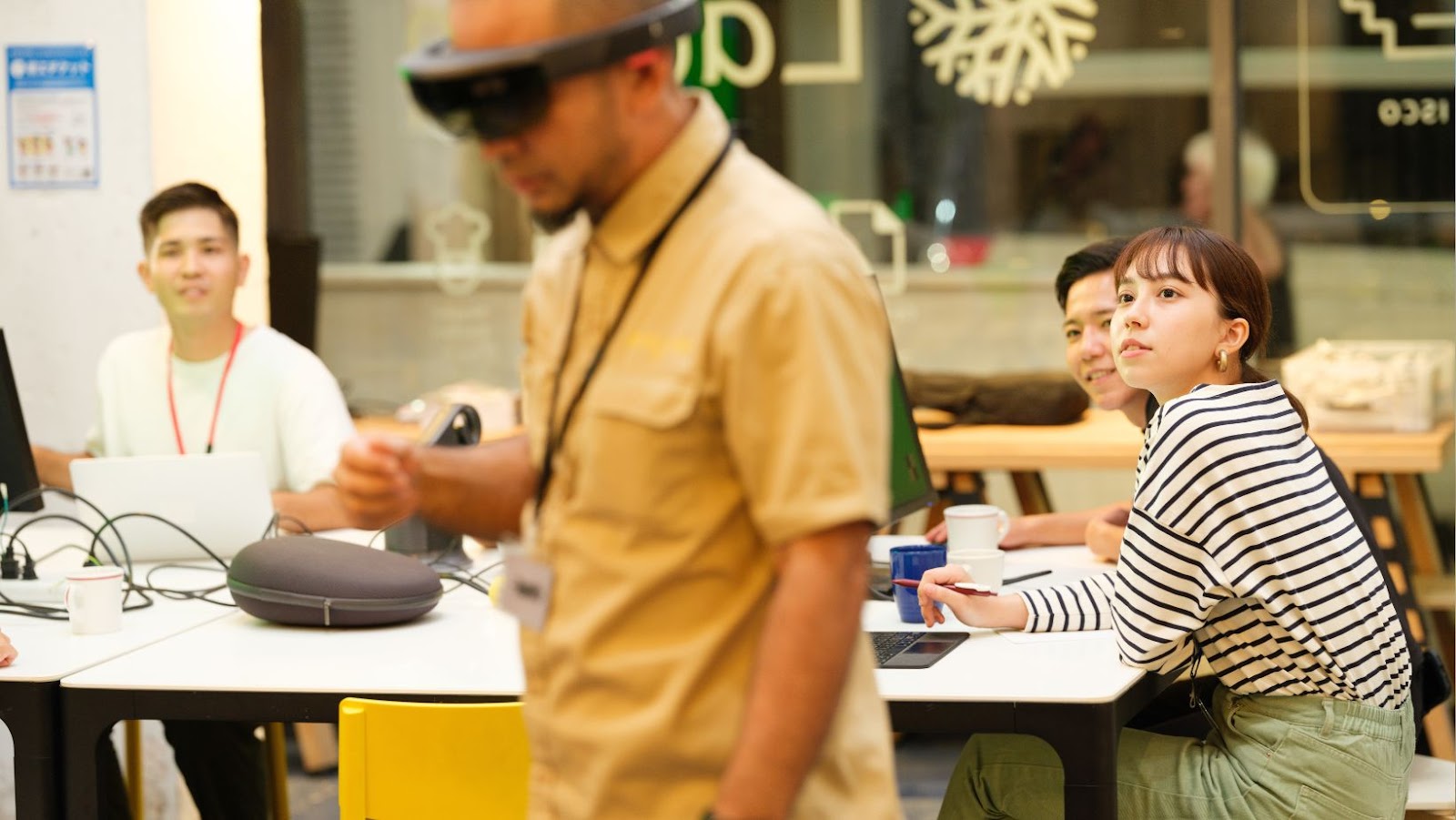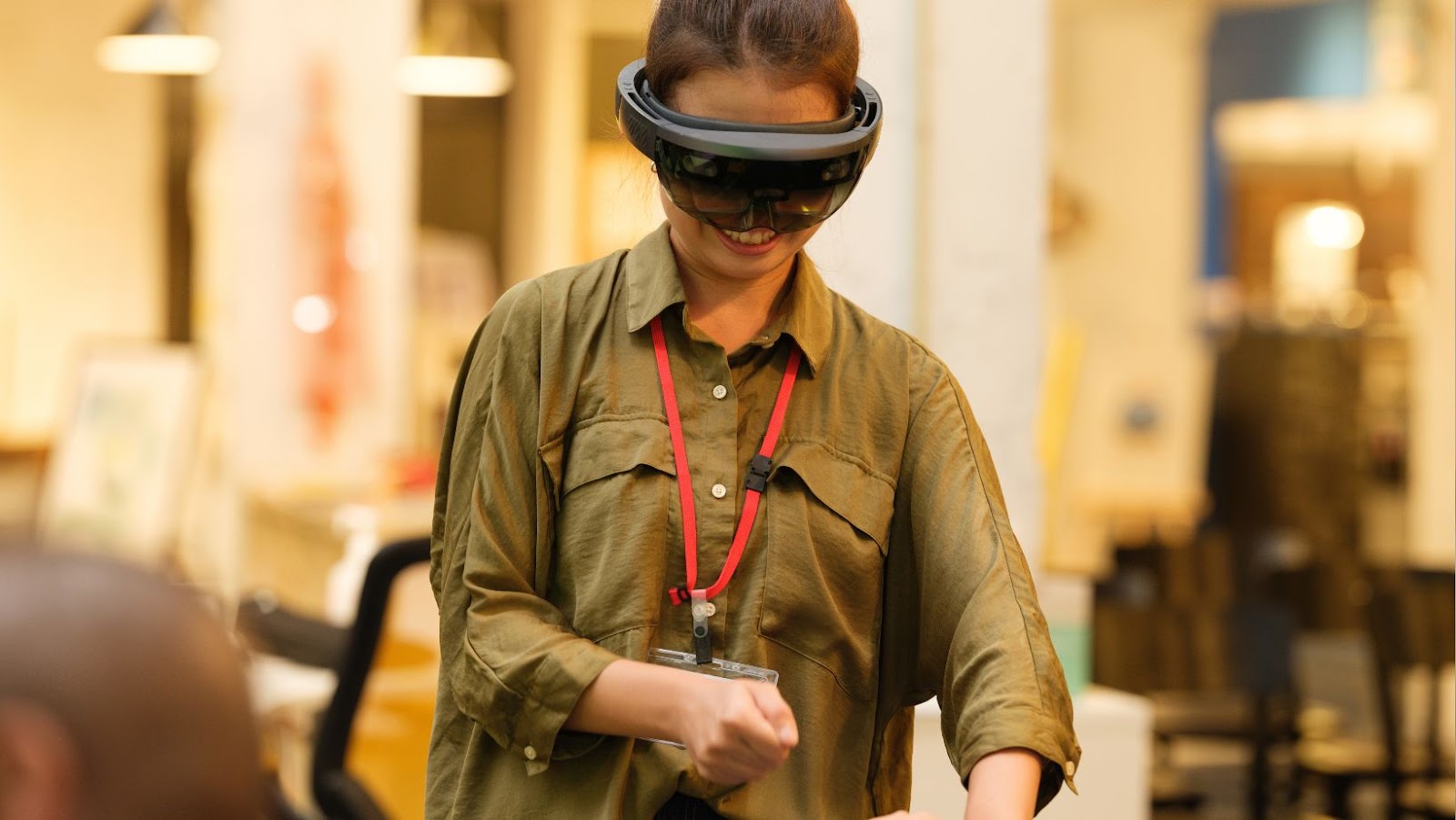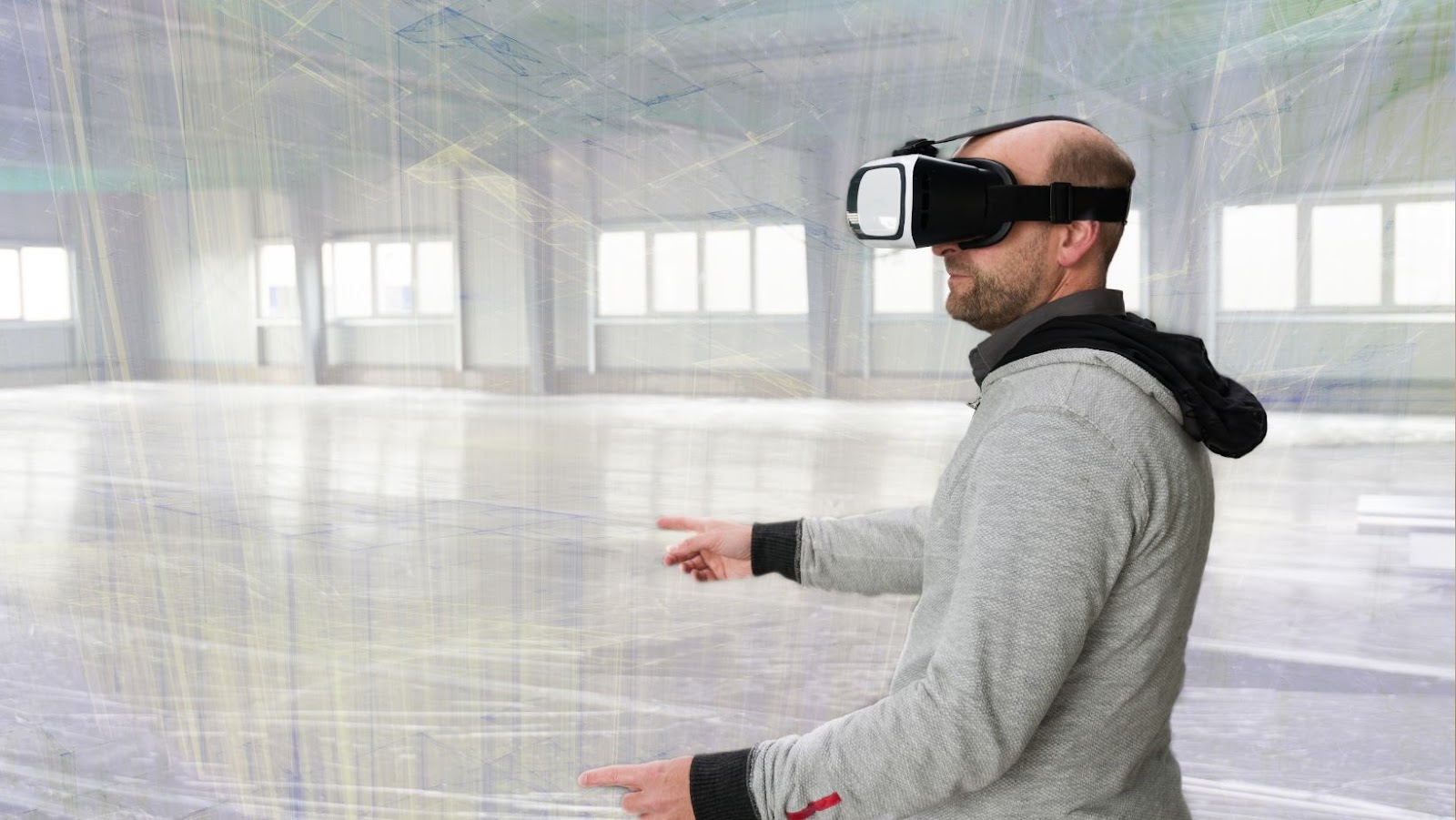 Technology Used in AR and VR
Technology Used in AR and VR
AR, or Augmented Reality, superimposes virtual elements onto the real world, enriching our sensory perception. Picture playing a smartphone game, for instance, where fictitious characters appear inside your room. VR, Virtual Reality, contrarily, immerses you in a 100% virtual environment. Think a VR headset giving a 3D, interactive and every angle-view of a simulated space mission.
Technology Used in AR and VR didn’t emerge overnight. Both initiated their journey in the 19th century. In fact, stereoscope viewers of the 1830s could pass as primitive VR devices. They offered viewers a three-dimensional view of photographed scenes. Much later, in the 1960s, AR gets its initial shape when Ivan Sutherland came up with the concept of a “see-through” display helmet.
In the following decades, advancement in computer graphics and material science pushed these technologies to greater heights, leading to the immersive AR and VR experiences we encounter today.
 Core Technologies Behind AR
Core Technologies Behind AR
Unraveling AR’s transformative compass, a trio of pivotal technologies emerges – spatial tracking, display technologies, and computer vision. Each underpins the success of an immersive AR experience.
Spatial tracking permits true-to-life AR experiences, assisting devices in recognizing and tracking their position and orientation within physical space. Two main systems are utilized: marker-based and markerless. Marker-based systems use 2D barcodes or QR codes while markerless systems, the more advanced of the two, deploy technologies like GPS, digital compass, or accelerometer.
Display technologies portray AR content, transposing computer-generated images into the user’s view of the real world. Crucial display types in AR include head-mounted displays (HMDs) like Microsoft’s HoloLens, handheld devices (smartphones and tablets), and spatial displays that overlay images directly onto physical surfaces.
Computer Vision is the mind’s eye of AR, enabling devices to comprehend and react to their environment. It involves algorithmic processes, like image recognition and 3D modeling. For instance, Google Lens uses image recognition to identify objects and landmarks, while companies such as Apple deploy 3D modeling in their ARKit platform for realistic object placement and light estimation. By capitalizing on these capabilities, AR devices can understand, interpret, and engage with the real-world environment.
 Core Technologies Behind VR
Core Technologies Behind VR
Technology Used in AR and VR after shedding light on the integral components of AR technology, a parallel must be drawn to distinguish the pivotal elements that constitute Virtual Reality (VR). Key technologies that make VR an immersive, unique experience include immersive display technologies, motion tracking, and simulation.
Crucial to the VR experience, immersive display technologies transport users, providing a sense of presence inside a digital environment. One representative example is the Head-Mounted Display (HMD). It’s an apparatus designed for personal use and directly fits over the user’s field of vision, thereby limiting interaction with the physical environment. Dual OLED screens in certain HMDs such as Oculus Rift, Vive Pro Eye, or PSVR distinctly deliver stereoscopic images, promoting a three-dimensional effect and captivating user attention.
VR seeks to emulate realistic physical movements digitally. To achieve this, motion tracking technology comes into play. Multiple sensors and systems like accelerometers, gyroscopes, and magnetometers placed strategically on VR devices capture the user’s position and movements. They ingest the complex data, transfrom it into numerical values and map that to the user’s relationship with the digital environment. Precise and real-time tracking, such as what Valve’s SteamVR provides, ensures the authenticity of experience by responding accurately to user movements.
An essential technology used in VR, simulation aids in constructing convincing, high-fidelity digital environments. This incorporates advanced graphics rendering techniques as well as depth perception cues to mimic real-world views. The real-world detail in VR environments depends not merely on the quality of virtual objects but considerably also on the physics system of the environment. Tools like Unity and Unreal Engine help developers create these complex simulations, offering realistic lighting, textures, and shading. These specialized platforms negotiate between resource management and computing capabilities, providing a mark of authenticity in the VR experience.The transformative power of AR and VR technologies is undeniable. They’ve already begun reshaping interactions and experiences across a range of industries. The case studies of Microsoft HoloLens in healthcare, Disneyland’s Star Wars: Galaxy’s Edge, IKEA Place App, and Walmart’s STRIVR training programs are testament to this.